8 Clever Alternatives to Traditional Packing Materials
Posted on 02/03/2016
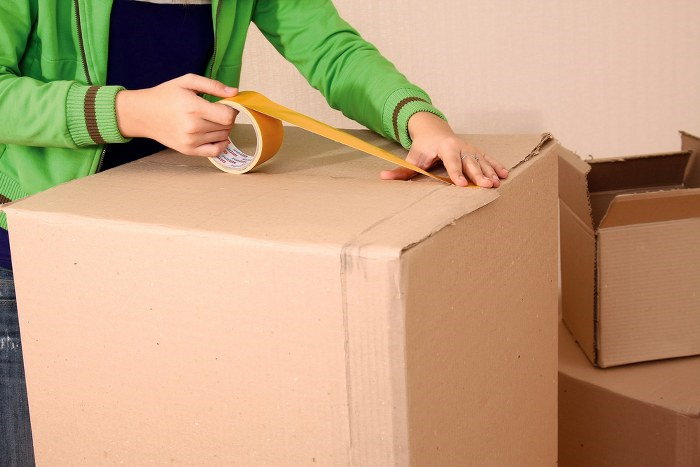
Sometimes when you are planning on a flat or house relocation, you might neglect one of its elements. People often talk about packing and then forget that packing has its costs as well. You still have to use packing materials for the safety of your belongings, and you have to use them efficiently so that it doesn’t turn out you wasted money on packing services again. And usually people use cardboard boxes, sealing tape, bubble-wrap, polystyrene, moving blankets and so on to fully secure every item. But all of these are expensive when bought in bundles (well, except for the boxes, which you can practically find in any market for free). Luckily, there is always a way to circumvent traditional methods, and here are eight of them.
1. Newspaper and magazines
The number one helpers that will come to mind. You can use the pages of both for stuffing boxes as buffers between items, or you can use them for wrapping items and protecting them against one another. They are cheap, available, and easy to use and remove.

2. Junk mail
All the pamphlets and paper ads and other junk mail you get can be put to good use via balling it up and throwing it in a box to protect the more fragile items.

3. Wrapping paper
The other alternative to newspapers and magazines when it comes to packing. It can both be balled up and thrown to protect items, or used by design and wrap items in them so that they don’t sustain any bumping damage.
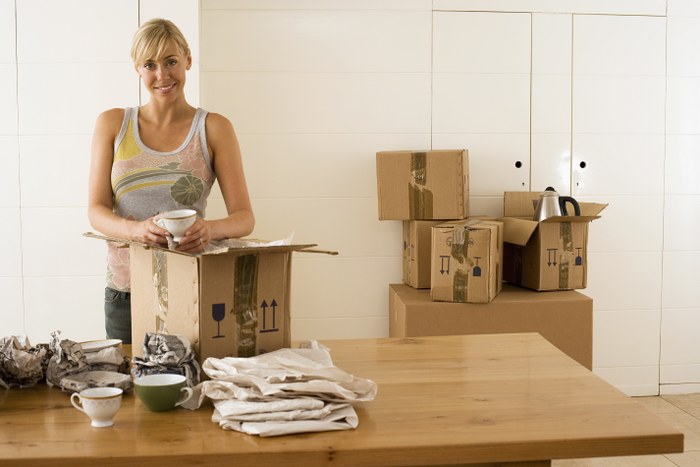
4. Yarn
This is a very clever way to protect your items. While not giving much in the way of wrapping, you can throw balls of yarn in a box and put anything in between them and you can be assured that nothing bad will happen to that item. Yarn does not leave any marks, it doesn’t scratch, it’s not abrasive, and it’s super soft.
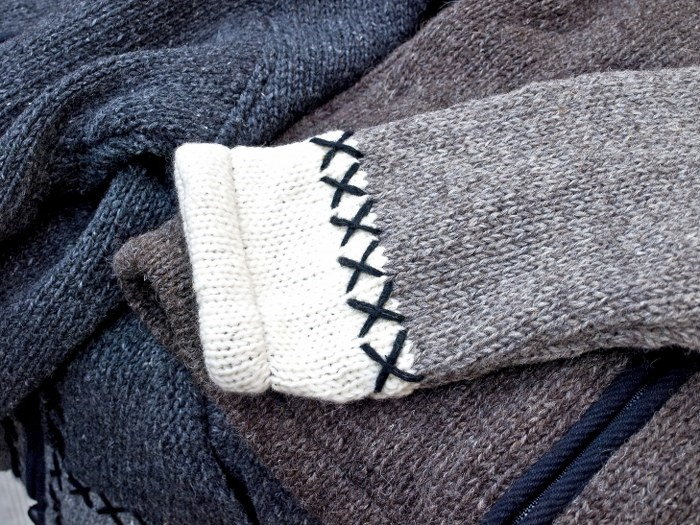
5. Clothes
Not all the clothes should go in sacks and bags. Some of them can actually be used instead of all the other materials and set as buffers between items. Or, if you have old clothes that you don’t use anymore, you can repurpose them into actual bags and use that for transport.
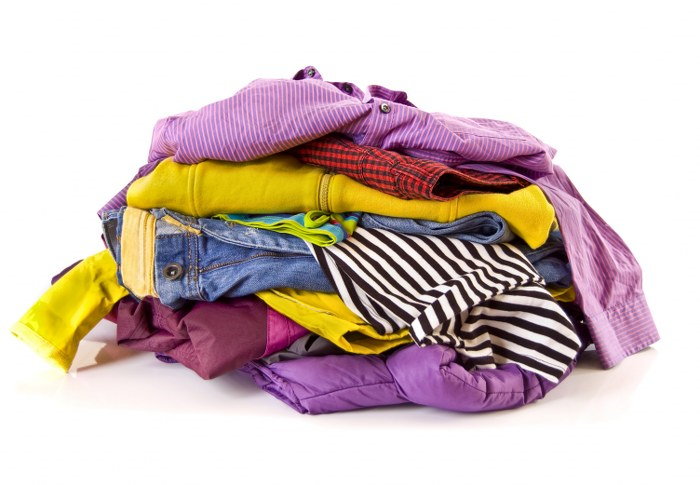
6. Towels and bathrobes
These are even better buffers than clothes. Anything put between them (except for a really fragile piece) will survive even the bumpiest roads and removal vans. They don’t scathe, they are not abrasive, it’s the ultimate (and literal) fluffing.
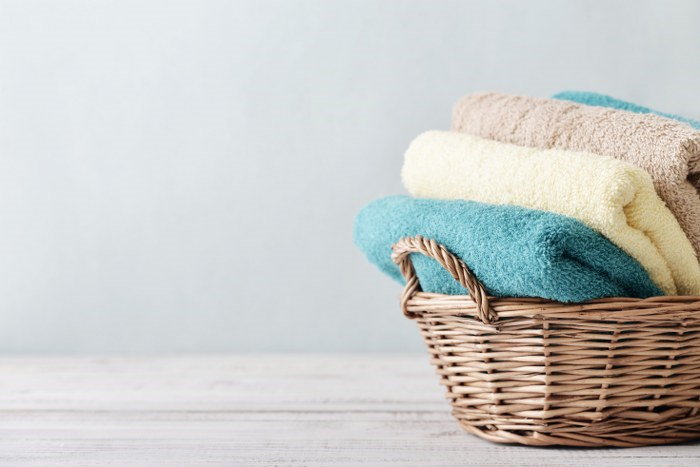
7. Dry sponges and wipes
Here is another soft solution for stuffing your removal boxes. They will be the perfect shields against bumping. Please note that using new ones and not used ones is always recommended. Used ones tend to leave a sort of... odour and you wouldn’t want your kitchenware to smell like yesterday’s jam.
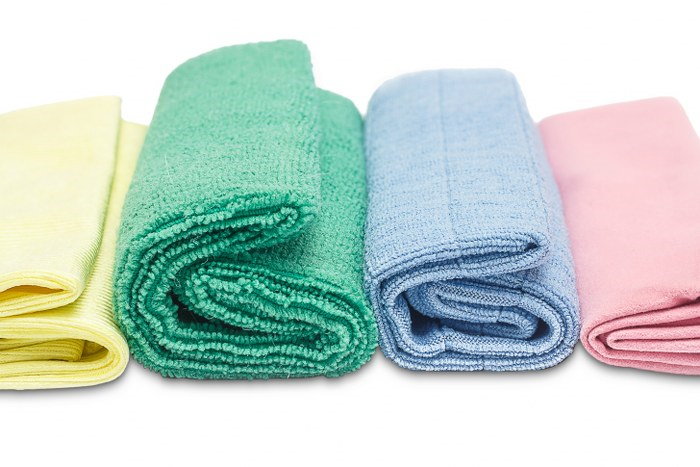
8. Crates
But enough about the stuffing. Another packing material which you can substitute for the relocation are the cardboard boxes. They are the most useful thing you will find, but they can also be replaced with a sturdy crate. The fact that not all crates have a lid might make stacking a bit trying, but you can also DIY a lid out of planks or boards, and then stacking becomes the easiest thing in the world. Everything within a crate will not move a bit with the proper stuffing and you can transport the most fragile items without worrying that they’ll get crushed.
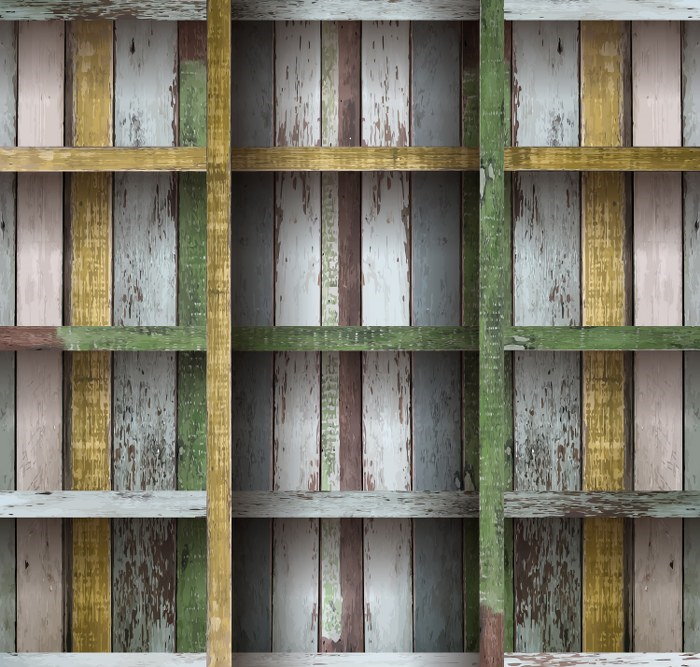
Next time you are moving house you can use any of these tricks to pack and secure the state of your belongings. They will be as safe as safe can be even if you don’t use the professional method of cardboard boxes, sealing tape, bubble-wrap, et cetera, et cetera. There are much better ways that will both be efficient and a lot less pricey than getting the supposedly ‘proper’ materials for the job. Even you can come up with a few of your own if you put your mind on it. Try it out and have a safe relocation!









